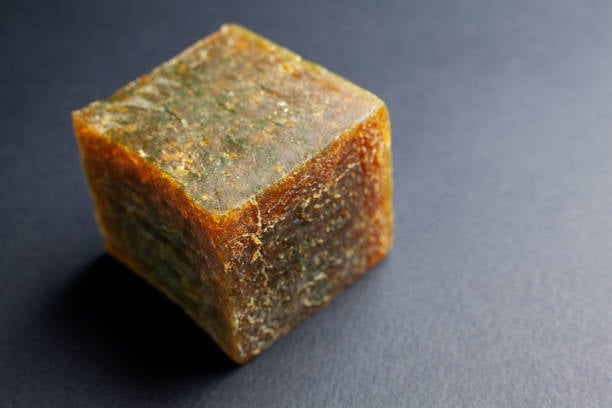Background :
As a material binder (commonly mixed with something called a binder) for making electrodes for lithium-ion and lithium-polymer batteries. The reason adhesives are used as electrode materials in lithium-ion batteries is to bond the slurry to the fluid collector foil and to prevent the electrode material from peeling off the fluid collector foil after drying (to increase peel strength).In addition, there is now a strong trend towards the use of substances that can reduce environmental impact, from so-called solvent-based electrodes using organic solvents NMP and PVDF as binders, to the trend of using water and binders as solvents for pastes using water-based electrodes using certain rubber-based or acrylic based materials. Here, I will explain what is SBR (styrene butadiene rubber), which is the representative water-based adhesive.
The Definination of SBR:
SBR is an abbreviation of the scientific name styrene butadiene rubber. SBR is a versatile rubber that accounts for about 80% of synthetic rubber production. The physical properties of SBR include the following, but basically it is a material with an excellent balance between strength, chemical resistance, etc. In many cases, it is used as a water-based adhesive for lithium-ion batteries.
The general physical characteristics of SBR:
SBR Features (Advantages)
(1) High strength, elasticity, wear resistance, heat resistance, acid resistance, alkali resistance, insulation;
(2) The proportion of impurities in the manufacturing process is low and the purity is high;
(3) easy to vulcanize;
(4) Price stability.
SBR Features (Disadvantages)
(1) The tolerance to gas phosphorus and other oils, benzene, toluene and other organic solvents, organic acids is relatively low. However, when used as an electrode for lithium-ion batteries, the material is strongly compressed after formation, so it is unlikely to react with organic solvents as electrolytes, so there is no particular problem.
The specific use of SBR in lithium-ion batteries
SBR (Styrene-butadiene rubber) is used as a representative water-based adhesive in lithium-ion batteries. In water-based electrodes, when SBR is used as a binder, CMC (carboxymethyl cellulose) is basically used as a thickener. Taking the positive electrode as an example, the composition of the water electrode is mainly active substances: conductive additives: binders: thickeners (CMC), and the solid content ratio is 80~90% : 0~10% : 0~10% : 0~ 0~ usually accounts for about 10%.
If it is a negative electrode, the composition of the water-based electrode is mainly the active substance: binder: thickener (CMC), and the solid content ratio is 80~90% : 0~10% : 0~10%. The basic manufacturing process for electrodes using water-based adhesives (SBR) is as follows:
Solvent-based systems primarily use PVdF as a binder and NMP as a viscosity regulator (diluent), while water-based systems, as the name suggests, use water and CMC (carboxylic acid) as a viscosity regulator. Each battery manufacturer optimizes the electrode material composition, mixing procedure, mixing time, coating conditions, etc., but in most cases the process flow is basically as follows.

